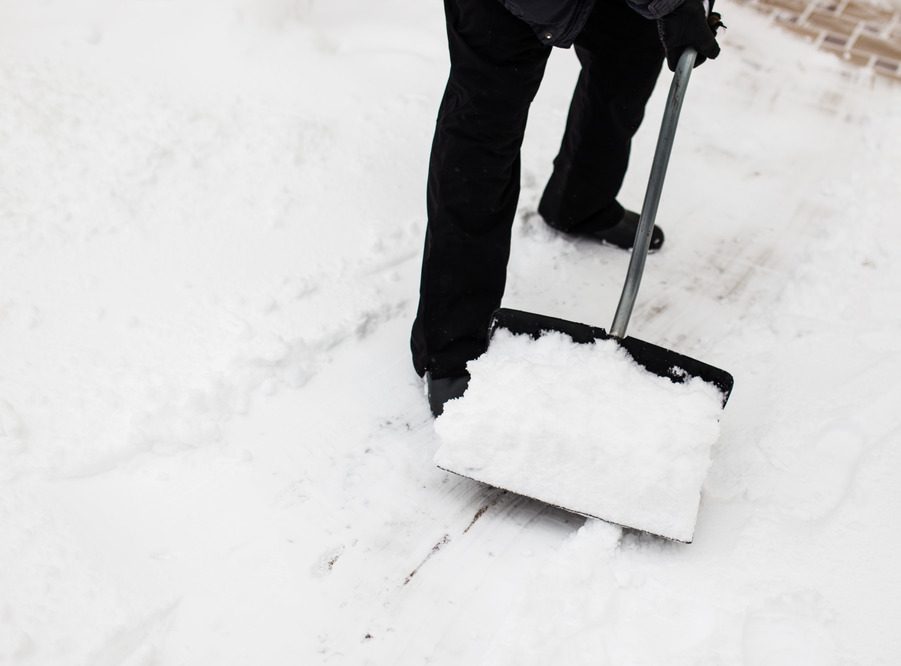
Maintaining a building during winter months doesn’t have to send a chill down your spine. Taking some simple precautions and preventive measures prior to the onset of nasty winter weather can reap big rewards for your condo or co-op building’s budget, and it isn’t rocket science. Here are some tasks to check off your list!
1. Review Data From the Previous Winter
Did any systems fail? If so, what was done to prevent a repeat performance? Were there accidents or complaints that could be addressed by upgrades or modifications?
Think both big and small.
Even simple changes, such as installing absorbent floor mats to help keep slush and de-icing residue from being tracked into the building, can help reduce the chances of injuries as well as maintenance costs.
2. Prepare Equipment and Systems for Cold Weather
A professional service person can change furnace filters, examine bearings on pumps and motors and test the entire heating system prior to the onset of serious cold weather. Compared to the cost of emergency repairs or the loss of all heat to the building, any repair bill or time spent reviewing procedures is well worth it for maximum loss control.
Identify any equipment that contains water or other liquid that can be drained. Close and seal building dampers, louvers and vents.
3. Ensure Adequate Supplies for Emergencies
This includes fuel for any heating systems, as well as de-icing materials for sidewalks and entries.
If backup power is supplied, ensure you have sufficient fuel for any co-op or condo backup generators, or that procedures are in place to maintain battery backups in a ready condition.
4. Conduct Exterior Maintenance and Check Building Openings
Brick veneers, building fascia, gutters and drainpipes, window lintels and roofs should all be checked for damage.
For example, check public door and window seals; if a dollar bill closed in a door or window seal can be easily pulled free, you have identified a place where warm air will leave your building and cold air will enter.
Recaulk, weather strip or conduct repairs as needed.
5. Update the Emergency Plan
Do its procedures reflect lessons learned over the last year? Is all critical equipment identified, along with procedures for draining equipment if heating is lost? Are all tasks assigned to specific individuals or roles, and are all names and contact numbers current? Are procedures in place that instruct residents what to do if the building loses heat?
If not, make sure you’ve updated your plan to be as comprehensive as possible.
That’s it. So roll up your sleeves and get a bit of winter prevention work knocked out, and you’ll be ready to ease into winter with peace of mind.

